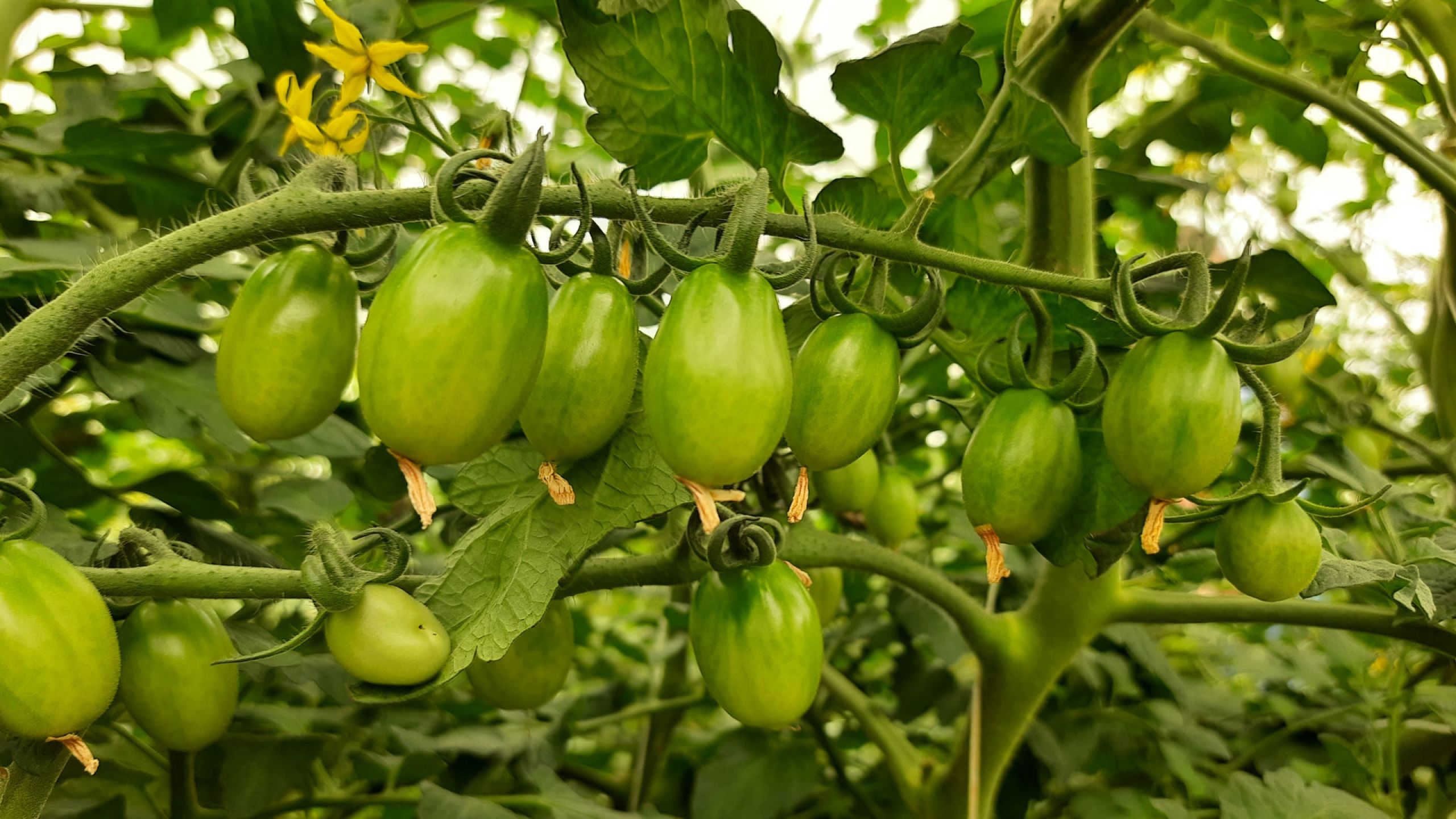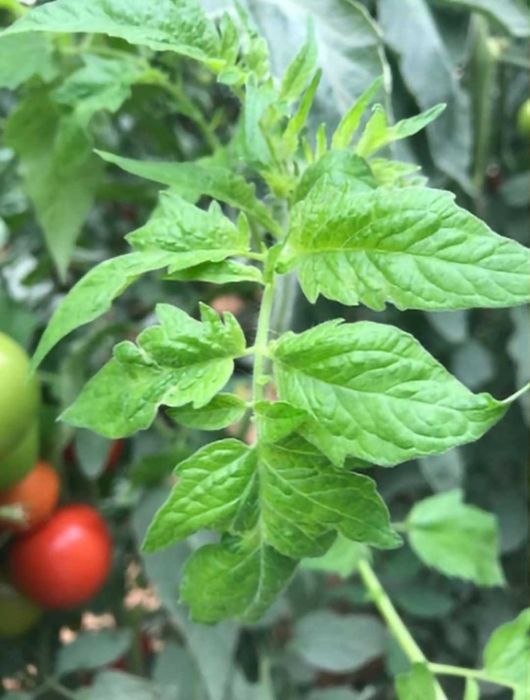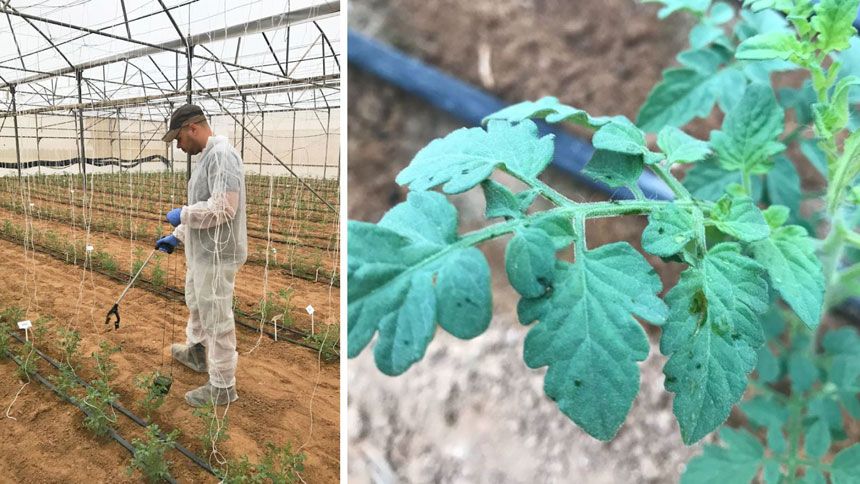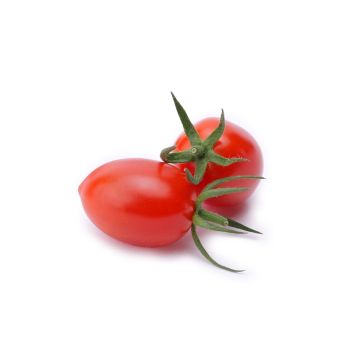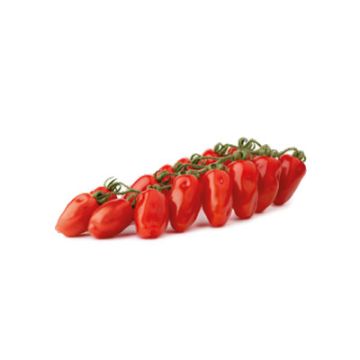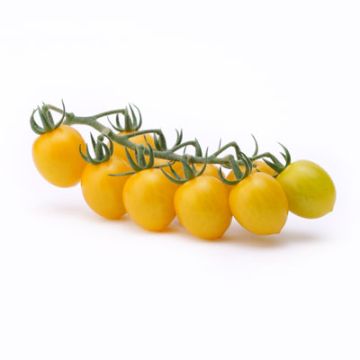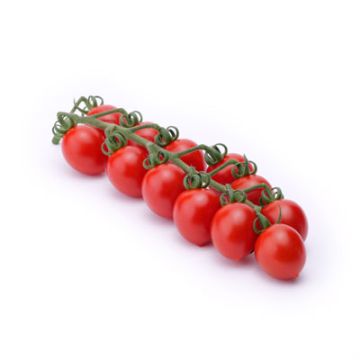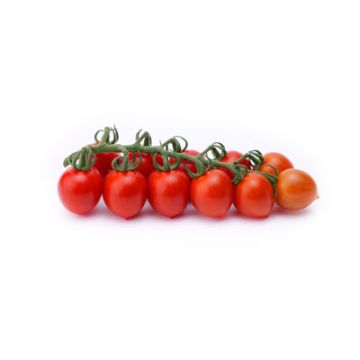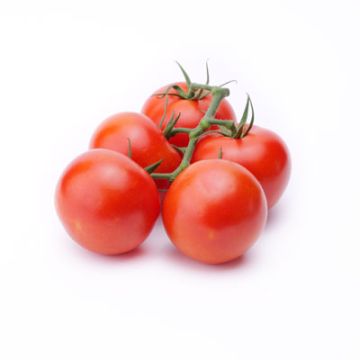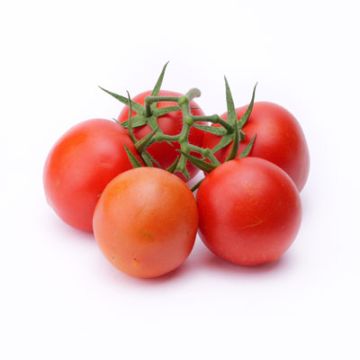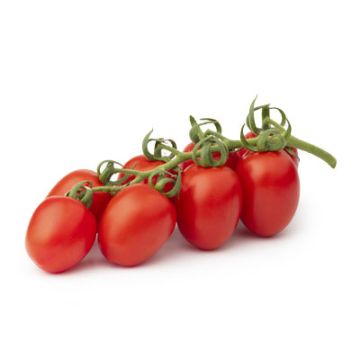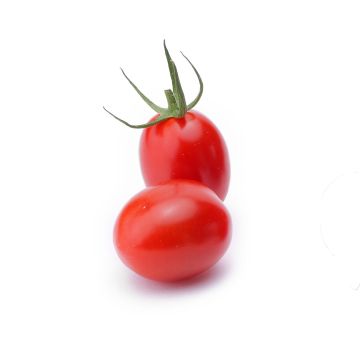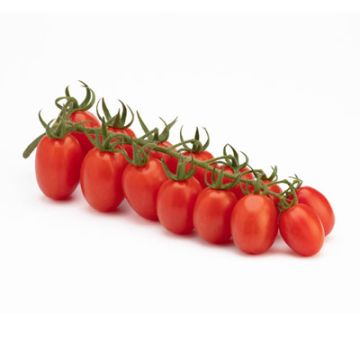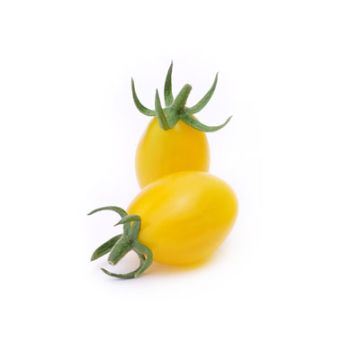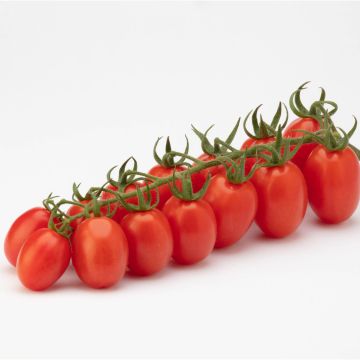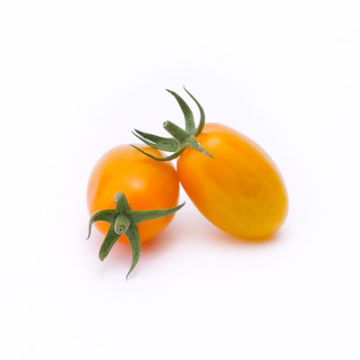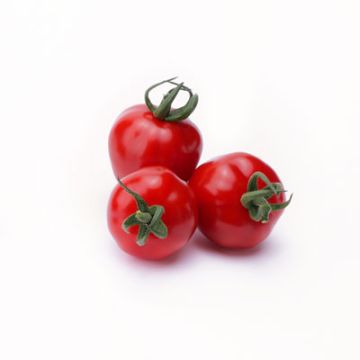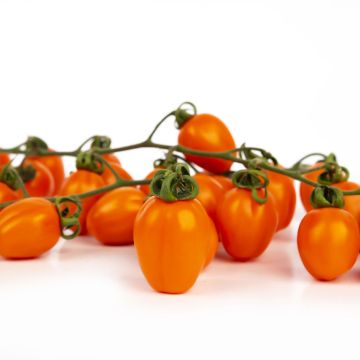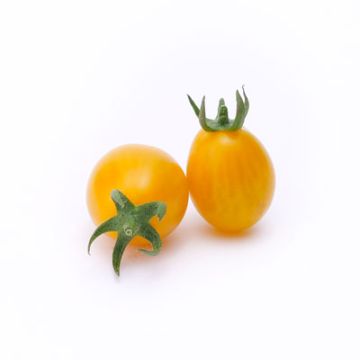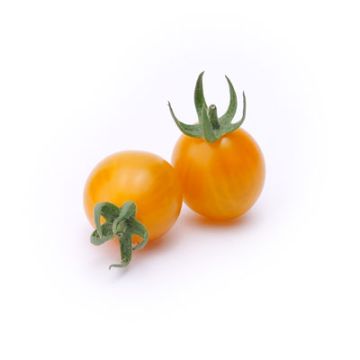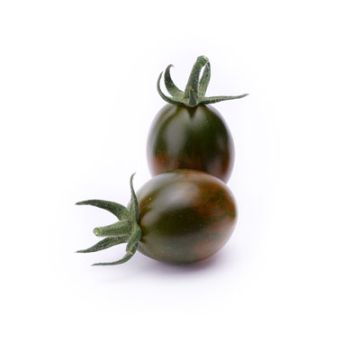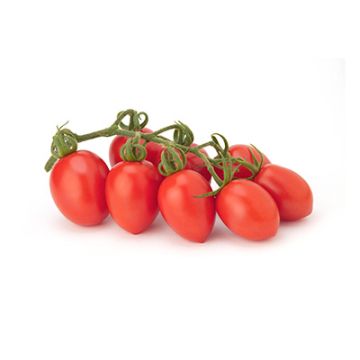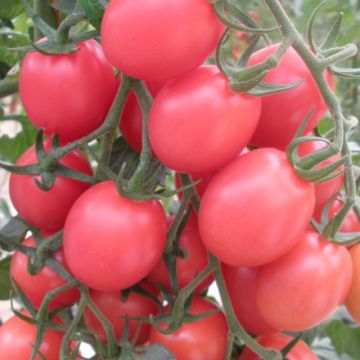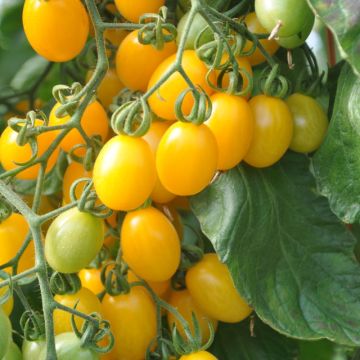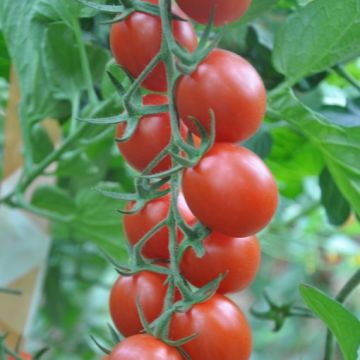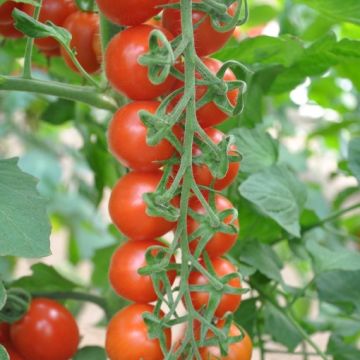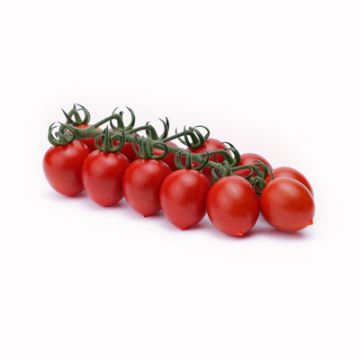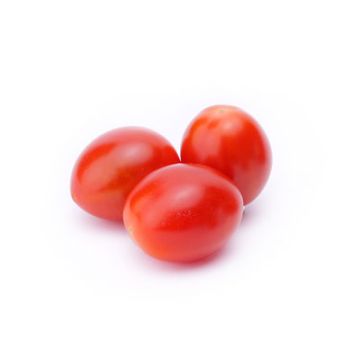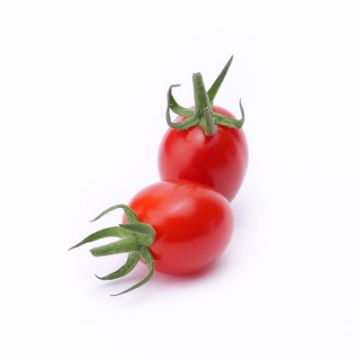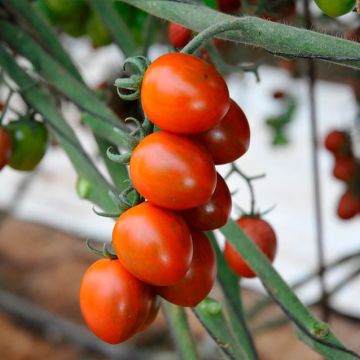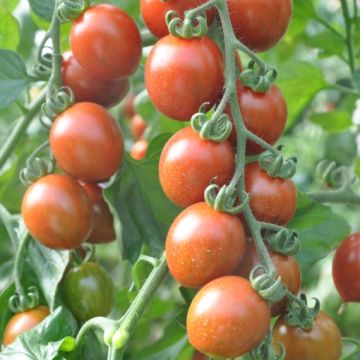R&D on ToBRFV
ToBRFV Resistance
Over the last seven years, the Harmoniz R&D team has efficiently and effectively concentrated its energy, time and resources on researching ToBRFV genetic sources. Thanks to our unique trialing system, together with our focus and ability to take rapid decisions based on our results, we have succeeded in identifying DNA markers that elicit resistance to ToBRFV.
A Unique PVIS
our seeds
ToBRFV resistant
In 2015, our breeders developed the PVIS (Plant Virus Inoculation System) as a tool to screen large numbers of plants for their resistance level to ToBRFV. The system simulates real-life and commercial conditions of growing tomato plants under an intense and uniform level of infection, securing that all plants are inoculated at the same age. Only after we obtain similar ToBRFV-resistance results and there are no signs of disease in plant and fruit, do we declare the variety to be ToBRFV resistant.
“The great strength of this reliable testing system is that it allows us to offer our customers something we are certain of, a product whose resilience has been tested and verified.”
– Shai Leviatov, VP R&D
Portfolio
resistant hybrid
The information provided on this page is solely indicative and provided on the basis of our observations and field trials. Achieving any of the results detailed and/or depicted in this page assumes certain conditions that may vary and are not under Harmoniz’s control. Accordingly, Harmoniz shall not be held responsible for the outcome of the crop under any circumstances. Please always consult the local technician.
Definition of the Terms Describing the Reaction of Plants to Pests for the Vegetable Seed Industry
Resistance: the ability of a plant variety to restrict the growth and/or development of a specified pest and/or the damage it causes when compared to susceptible plant varieties under similar environmental conditions and pest pressure. Resistant varieties may exhibit some disease symptoms or damage under heavy pest pressure.
Two levels of resistance are defined:
High resistance (HR)
Plant varieties that highly restrict the growth and/or development of the specified pest and/or the damage it causes under normal pest pressure when compared to susceptible varieties. These plant varieties may, however, exhibit some symptoms or damage under heavy pest pressure.
Intermediate resistance (IR)
Plant varieties that restrict the growth and/or development of the specified pest and/or the damage it causes but may exhibit a greater range of symptoms or damage compared to high resistant varieties. Intermediate resistant plant varieties will still show less severe symptoms or damage than susceptible plant varieties when grown under similar environmental conditions and/or pest pressure.
High resistance shall not be confused with Immunity, which indicate that a plant is not subject to attack or infection by a specified pest.
